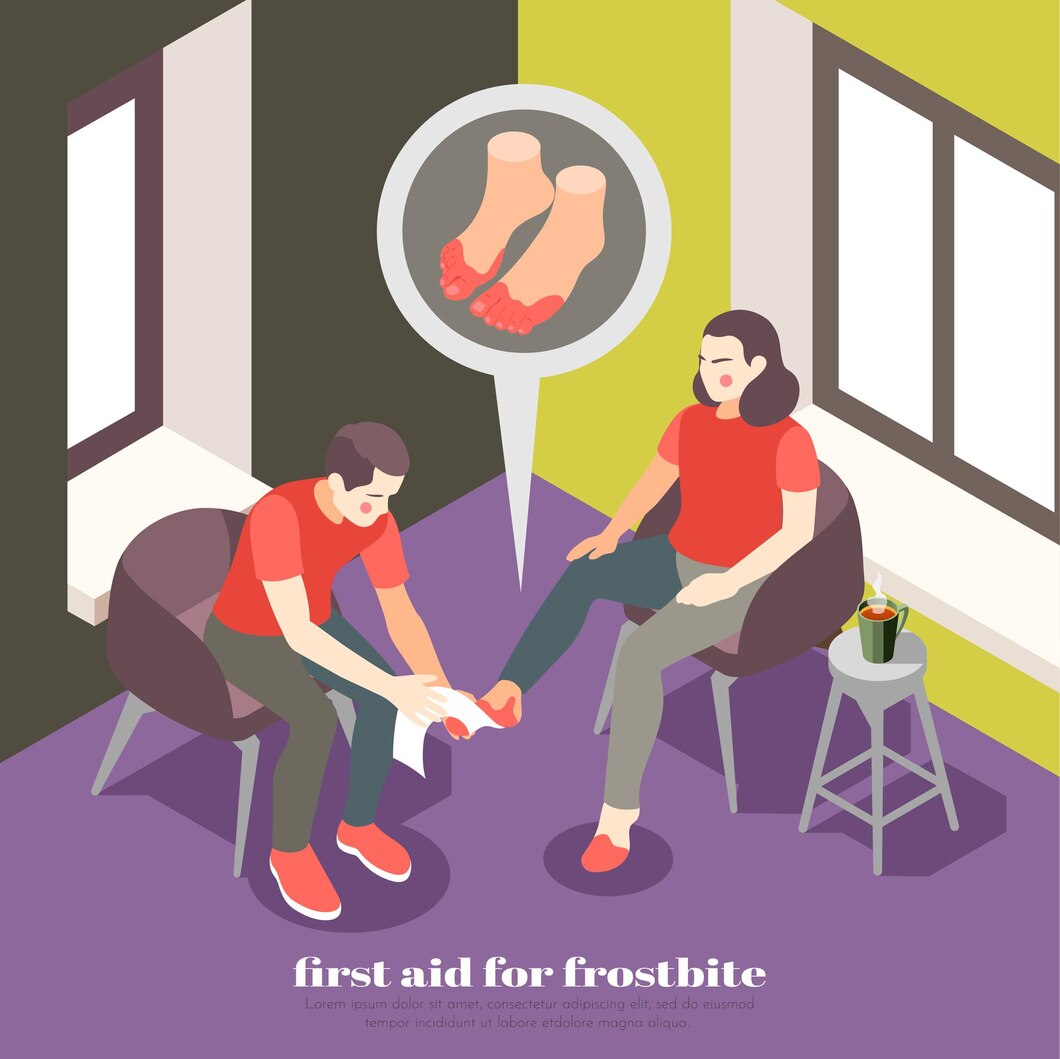The Role of Physical Therapy in Managing and Treating Hip Injuries

Hip injuries can significantly impact an individual’s ability to move, work, and enjoy daily activities. Whether due to a sports injury, an accident, or a degenerative condition like arthritis, hip injuries often cause pain, stiffness, and reduced mobility. Physical therapy plays a crucial role in managing and treating hip injuries, providing targeted exercises and rehabilitation techniques that help patients recover and return to their normal activities. In this blog post, we will explore the role of physical therapy in hip injury recovery, focusing on strength exercises to support hip recovery and strategies to restore mobility and reduce pain.
Strength Exercises to Support Hip Recovery
One of the primary goals of physical therapy for hip injuries is to strengthen the muscles surrounding the hip joint. The hip is a complex joint that relies on the surrounding muscles for support and stability. Weakness in these muscles can lead to instability, increased pain, and a higher risk of further injury. Physical therapists use specific strength exercises to target these muscles, helping to build strength and support the healing process.Physical Therapy
Common exercises may include hip bridges, clamshells, leg raises, and resistance band exercises. These exercises focus on strengthening the gluteal muscles, hip flexors, and other key muscle groups that support the hip joint. By improving muscle strength, patients can experience better stability, reduced pain, and enhanced function. Additionally, strong muscles can help protect the hip joint from future injuries, promoting long-term health and mobility.
Patients recovering from hip injuries can benefit from the personalized care provided by physical therapy, where experienced therapists design tailored exercise programs to meet the unique needs of each individual. By focusing on building strength, physical therapy helps ensure a safe and effective recovery.
Restore Mobility and Reduce Pain After a Hip Injury
In addition to strengthening exercises, physical therapy also focuses on restoring mobility and reducing pain after a hip injury. Hip injuries can lead to stiffness and limited range of motion, making it difficult for individuals to move freely and perform everyday activities. Physical therapists use a variety of techniques to improve flexibility, increase range of motion, and alleviate pain.
These techniques may include manual therapy, such as joint mobilization and soft tissue massage, to reduce stiffness and improve circulation. Stretching exercises are also commonly used to lengthen tight muscles and enhance flexibility. Additionally, therapists may incorporate gentle aerobic exercises to improve cardiovascular health and promote overall well-being.Physical Therapy
Pain management is another critical aspect of hip injury recovery. Physical therapists use modalities such as heat and cold therapy, ultrasound, and electrical stimulation to reduce pain and inflammation. By addressing pain and mobility issues, physical therapy helps patients regain their independence and quality of life.
For those searching for expert care, finding physical therapy near me ensures access to specialized programs that focus on hip injury recovery. Confluent Health physical therapy offers comprehensive treatment plans that combine strength training, mobility exercises, and pain management strategies to support a full and effective recovery.
Conclusion
Physical therapy is a vital component of managing and treating hip injuries, offering targeted exercises and rehabilitation techniques to help patients recover and regain their mobility. By focusing on strengthening the muscles around the hip joint and restoring mobility, physical therapy provides a comprehensive approach to healing that promotes long-term health and well-being. Whether you are recovering from a sports injury, surgery, or managing a chronic condition, engaging in physical therapy can make a significant difference in your recovery journey.
Take control of your hip health by exploring the benefits of physical therapy today. With the right support and treatment, you can overcome your hip injury and enjoy a more active, pain-free life.



